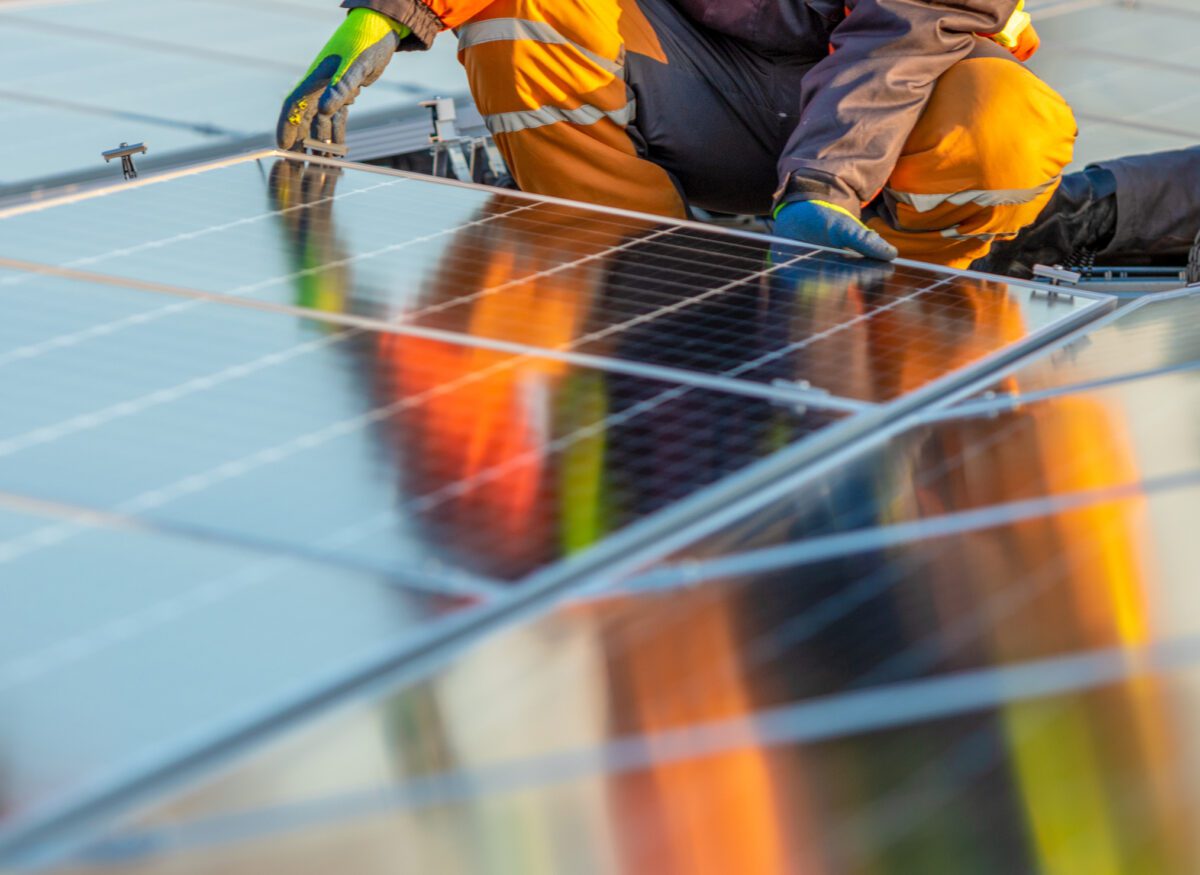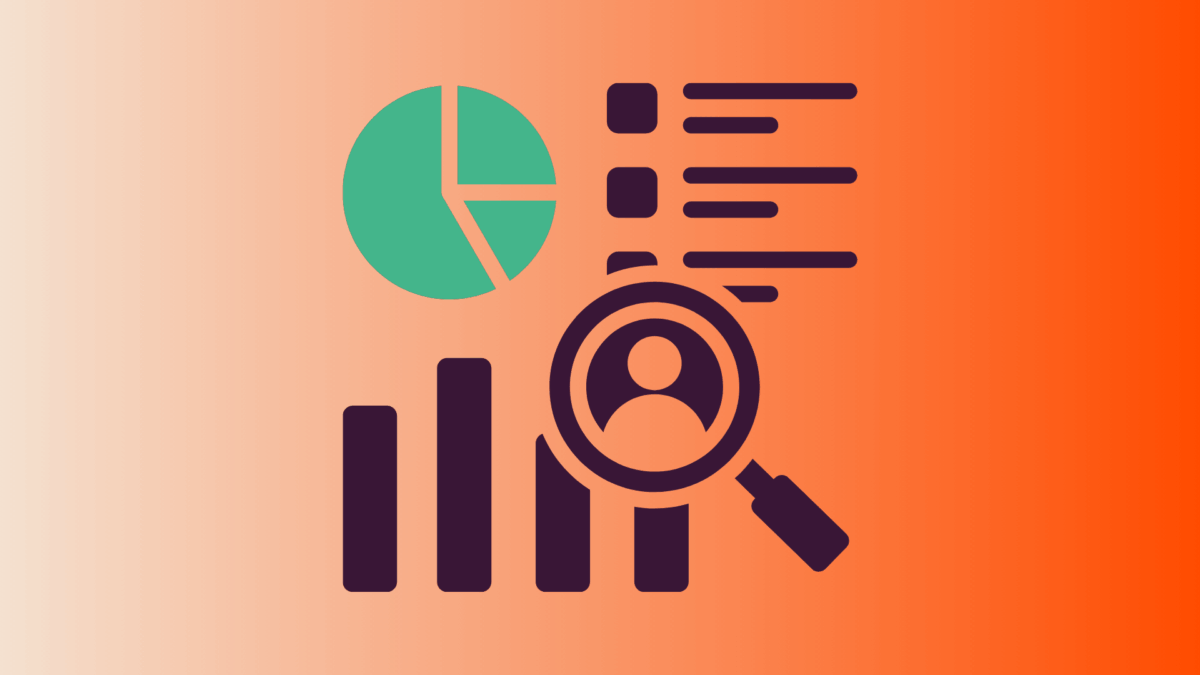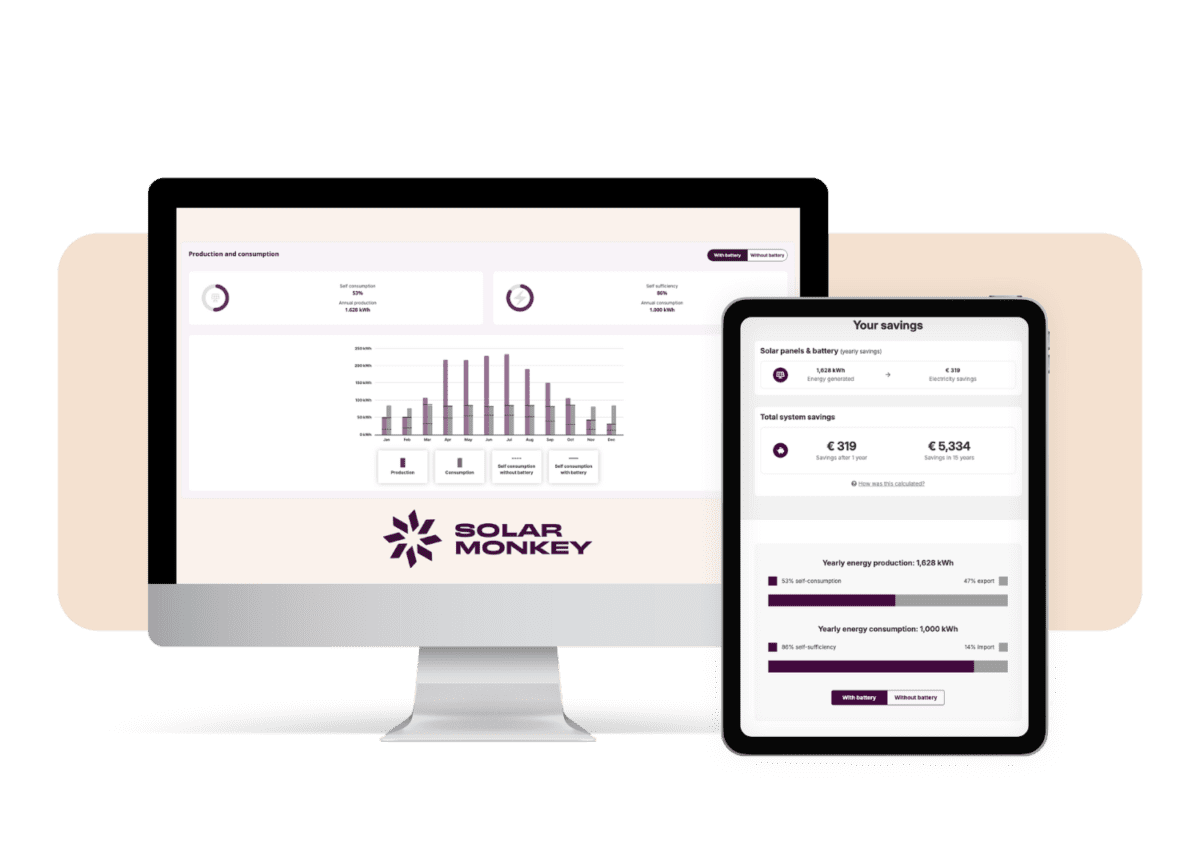The solar market is often referred to as a roller coaster market, better known as the solar coaster. These solar markets across the world, and the Netherlands specifically, have known tremendous growth. But at the same time, there was huge volatility in demand with exciting surges and depressing troughs. In this article, we will review the 2022 surge and the downfall in 2023. Moreover, we will share insights from our data on what’s currently happening and what we can expect going forward in 2024.
Unveiling market insights
Operating from the cockpit of the solar market, we’re privileged to track and predict trends precisely, pulling data from thousands of organisations using our software. Unlike traditional market reports that are based on historical and outdated installation volumes, our data gives insights into leading indicators from the sales funnels of installers. This gives us a glimpse into the near future of installation volumes. And we’re happy to share some of these insights with you!
The 2022 surge and 2023 downturn
The past years have been a whirlwind. Following the war in Ukraine in early 2022 and the subsequent spike in energy prices, there was a mad rush for solar panels. Demand skyrocketed, surpassing supply, and installers found themselves racing to keep up. Some even stopped creating quotations with a full installation agenda for the year. In these conditions, many scaled up: they rallied new installation teams and expanded their whole organisation.
This market sentiment continued until April 2023, when the first signs of market decline became visible. In the following months, installation volumes decreased by around 45% compared to 2022. The drying up of the sales pipeline was even more severe. In our data, we saw a decline of >50% in projects and 30% in sales conversion. So, sales volumes went down by more than 65%! Most installers barely saw this coming and were not prepared. Some had to shut up shop as a result.
What caused the downturn?
In the past year, we’ve had many debates about the reasons for the market collapse. It is hard to pinpoint one single reason, as we believe there was a mixture of different factors that jointly caused the turmoil:
- A market ripple effect and normalisation: the surge in demand in 2022 and 2023 was caused by exceptional circumstances. It resulted in many consumers fast-tracking their decision on solar panels. As soon as the market normalised somewhat, many people who would have otherwise bought a year later had already purchased solar panels. Like a ripple effect when throwing a stone in the water, a trough always follows a peak.
- Energy prices coming back down: one key driver behind the run for solar energy was the electricity price. From a baseline of €0.22 per kWh, the price suddenly increased to >€0.50 per kWh. That was the new standard for a while. When the prices decreased to €0.35 per kWh, this relieved some of the pressure.
- Energy supplier tariffs: van de Bron was the first to start charging owners of solar panels a fee, to offset the additional costs from net metering that they have to bear. (more on that later).
- Uncertainty about net metering: the whole reason for writing this article, which is – was net metering continued or abolished? – would significantly impact the payback period.
- Negative media coverage: the newly introduced fees and insecurity about net metering led to some very negative media exposure. One that was exceptionally painful from Milieu Centraal claimed that the payback time could be more than 25 years. Although this was based on flawed assumptions and was later somewhat rectified, the damage had already been done.
- General economic downturn: the economy as a whole isn’t as strong as it has been. The cost of living has gone up significantly. High inflation and increasing interest rates make people more cautious about large investments.
All those factors combined created grounds for the strong market decline. Many consumers postponed their decision to invest in solar energy.
Does our data show hope on the horizon?
Two weeks ago, on 13 February 2024, the Dutch senate rejected the bill to phase out the net metering scheme in the Netherlands. Although we are disappointed with this shortsighted policy by the Dutch government (more on that here), it might give a positive stimulus to the solar market in the short term. The extensive media coverage might also have an effect.
Since then, we have been closely monitoring the market volumes.


These early signs give some hope for an emergence of better times. But we also must acknowledge that there will not be a miracle recovery, and parties will have to deal with a new status quo of lower volumes.
Forecasting the future
Looking ahead, we anticipate a modest recovery in the short term, with sales volumes projected to increase by 20%-30%. Seasonality may further boost this, where we normally see sales picking up from March. Add a further decrease in hardware prices, and we see some light at the end of the tunnel.
But how will this play out in the longer-term future? Will this lead to a full market recovery? We think there’s no chance of getting back to 2022 levels. There are a couple of factors that lead us to this conclusion (focussing on residential solar):
- The sudden surge in energy prices is unlikely to be seen again.
- More than ⅓ of the houses in the Netherlands already have solar panels installed. This is about half of the suitable roofs, meaning that we are entering the late majority stage. The more complicated roofs are left, and more critical buyers must also be convinced.
- Although the Dutch government has decided that energy suppliers have to allow net metering, that does not mean that these suppliers will not charge for the induced costs in another way. They will be fed cheap energy during the day and must deliver expensive energy back in the evening. Add that to the decreased predictability of solar energy, and then we have more imbalance fees to consider. They simply cannot afford net metering at current pricing. Consequently, increased tariffs for owners of solar panels are almost inevitable.
Recently, the Dutch solar trend report was published by DNE Research. They forecast a decline to ±3GWp per year in 2026. Residential solar, specifically, will see a decline from 2.5 GWp in 2023 to 1.7 GWp in 2024. Even with the recent news on net metering, we are inclined to bet on a similar forecast.

Navigating the decline
With the glory days behind us and a decline ahead of us, how do we best deal with this situation? There’s a chance that businesses who entered the market in the glory days might end up leaving the market, either through re-focussing or bankruptcy. We advise diversification into other product groups for the established strong parties that intend to stay in the solar business. Popular combinations are heat pumps, EV charging stations, and air conditioning.
We will also see more of a need for smart and pragmatic advisors who look beyond solar and think about how to deliver more holistic, sustainable living solutions. These sectors, combined, will create a lot of opportunities. Some also move into the energy contracts space, potentially in combination with batteries. Even with net metering, the business case for batteries will slowly but steadily improve, using dynamic tariffs and imbalance prevention as ways to provide value.
Stay up to date
Of course, Solar Monkey remains committed to empowering solar businesses. We will also continue to share our insights on the market’s ups and downs.
Follow us on LinkedIn, Facebook, and Instagram for more marketing insights.
Would you like to receive market insights from us?
Stay up to date with data from us.
Notes on the analysis:
- We’ve crunched the numbers using a fixed client cohort to sift through the noise and bring you the most accurate insights.
You can find the solar trend report NL here.



